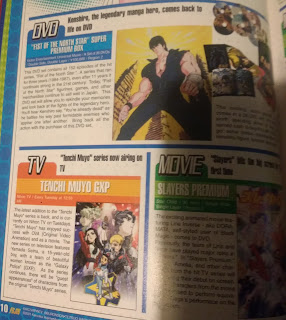There's a couple of things I need to say to start this review off. The first is that you'll probably notice from the screenshots that the emulation for it is far from perfect, and there's a fair bit of graphical glitching. However, it does seem to run at full speed, and plays totally fine, as far as I can tell. The other thing is that it's also known as Hang On GP 95 and Hang On GP 96. Yes, they are all the same game.
When I remembered recently that there was a 3D Hang On game for the Saturn that I'd never played, I was excited. I'm a big fan of Hang On, Super Hang On, and even the minor oddity Hang On Jr., a port of the original to lower-powered hardware, presumably for arcade operators on a tight budget, and Was interested to see a version with some nice mid-90s low poly graphics. I was pretty disappointed, then, when I loaded up Hang On GP and rather than the old formula of racing against the clock to reach checkpoints on long, linear road tracks, you are instead in a more standard racing scenario, racing laps around looped tracks against other riders.
It's not a bad game, though. It's fast and it plays fine (though considering that it's a Saturn original rather than an arcade port, you'd think they would have made it control a little better with a D-pad), and it looks great, especially considering how early a release it is. There's a lot of pop-up, especially on the city stage, but that's forgivable. The aesthetics are really nice: it takes the stereotypse of "SEGA blue skies" and really runs with it. The stages take place on a tropical island (complete with a row of moai heads!), the Great Wall of China, and a generic modern city, and they all look great, and like places you'd really want to go to.
Hang On GP isn't a great game, and I'd even go as far as to say it was a disappointment. But it's not a bad game, either. I do vaguely remember it being universally panned in magazines at the time, but that's definitely understandable: the early days of the Saturn had a lot of similar racing games, a lot of which were first party like this one, and almost all of them were not only better than Hang On GP, but they also had the allure of being arcade ports in their favour.



















